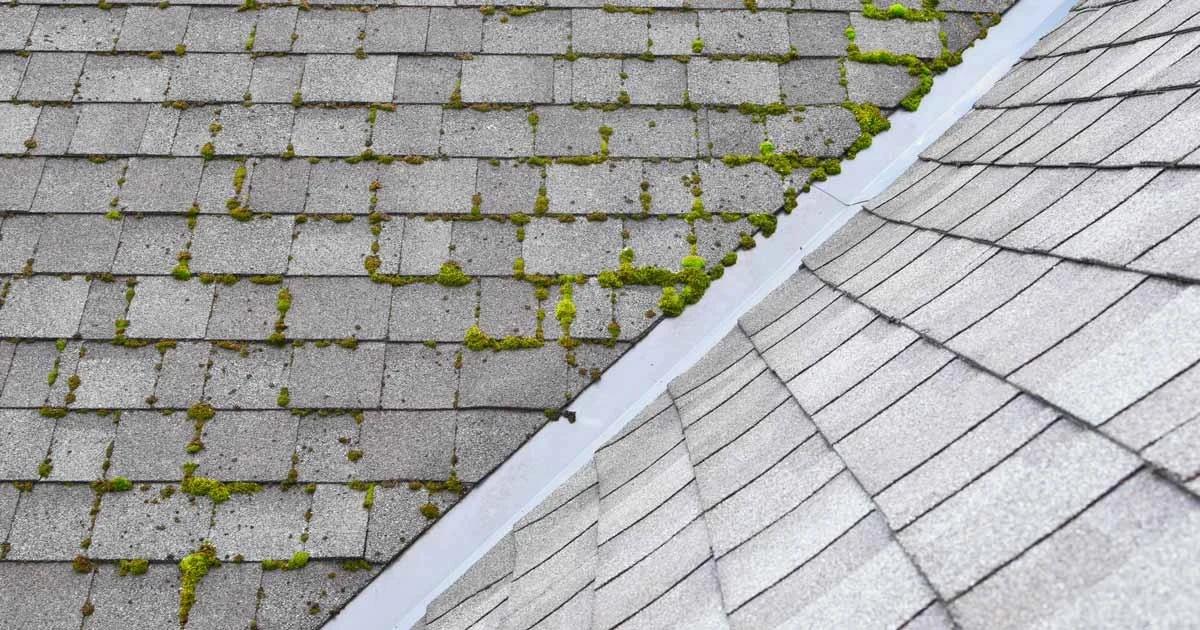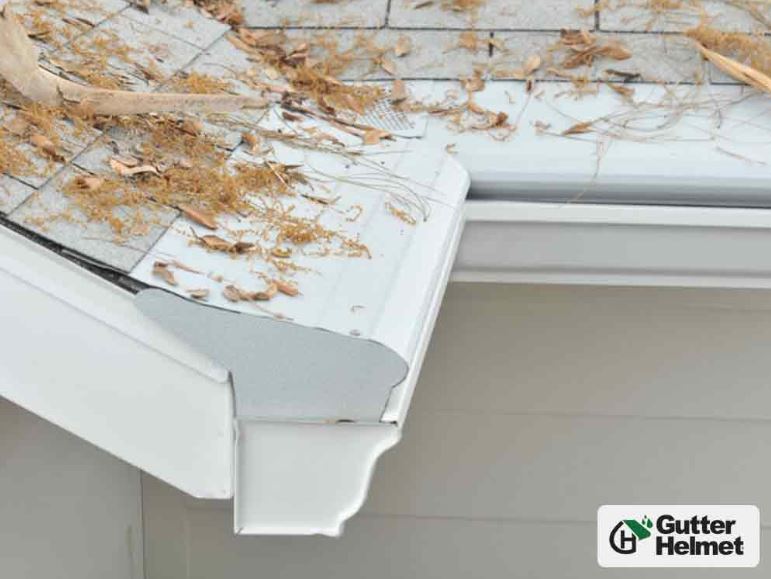Roof leaks: Repair or replace?
October 8, 2025 at 6:00 p.m.By Tom Sweeney, ROOFLE.
Knowing when to patch and when to start over can save your home and your wallet.
A few spots on the ceiling might not look like much, but they could be the start of a costly disaster. Roof leaks aren’t just about water, they’re about time, decay and decisions that can mean the difference between a minor patch and a full replacement. Experts at ROOFLE know that if you’re tempted to slap on a quick fix, you might want to take a closer look at what’s really happening above your head.
First, you need to find the source of the leak. If moss roots have grown through your shingles, you are looking at a new roof. On the other hand, if your roof is leaking around flashing or boots, you may be able to repair the leak and be done. Also, leaks from ice dams may have little to do with the roof. You may need to seal air leaks around ceiling fixtures, ductwork and wires and increase attic insulation and ventilation.
Determining the origin of a roof leak takes close inspection and an understanding of construction. Most important, never assume a leak comes from directly above. Flowing water is notorious for following sheathing, rafters and roof trusses before reaching ceilings and walls. Trusses are especially problematic because cords descend in two directions. That means a leak from a lower part of a roof can present on the ceiling below a higher roof section.
 Minor, localized leaks can be patched. Repairs may show because new roofing materials are unlikely to match the old ones. You might not mind if the patch is on the back of your home. But it could dramatically compromise your home’s curb appeal if it is on the front. In that case, consider replacing roofing on the entire forward roof plane.
Minor, localized leaks can be patched. Repairs may show because new roofing materials are unlikely to match the old ones. You might not mind if the patch is on the back of your home. But it could dramatically compromise your home’s curb appeal if it is on the front. In that case, consider replacing roofing on the entire forward roof plane.
When installing or replacing a roof, always retain some extra materials in case you need to make repairs years later.
Original article and photo source: ROOFLE
Learn more about ROOFLE in their Coffee Shop Directory or visit www.roofle.com.






















Comments
Leave a Reply
Have an account? Login to leave a comment!
Sign In